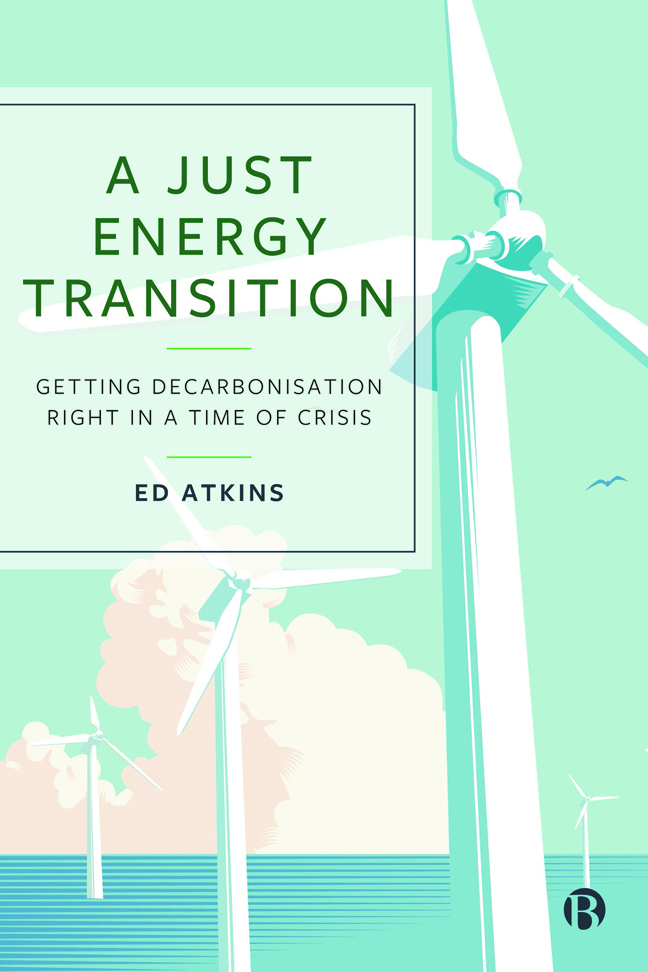4 - Ownership
Published online by Cambridge University Press: 23 January 2024
Summary
We speed past sailboats as spray comes over the side, holding on with both hands and staring into the distance. The Sussex Downs meet the coastline behind us, as the cliff faces of the Seven Sisters fade into the sea. All soon becomes haze and horizon. The engine slows, the wind calms and the sun beams down. Giants tower over us, extending in their rows, turning in time. White towers standing on bright-yellow bases. Formed of fibreglass and carbon fibre, their blades bend with the wind. Catching it, putting it to use. There is little sound, with no cry of gulls or calls from the seaside. Just the hum of the engine and the turn of a blade.
The Rampion offshore project spreads out over 70 km2. Its 116 80-metrehigh wind turbines are organised into 12 rows and joined by over 27 km of buried undersea cables. The turn of these blades drives a generator in the nacelle, the small shell found at the top of the tower. The electricity generated is directed to an offshore substation. As we float towards it, we can see where the cables join the substation in large, yellow numbered tubes. Identical pipework holds other cables that journey to the shore. They make ground at Lancing, close to the beach where I often sat as a child and looked out to what was then an empty horizon. From here, the electricity moves inland through buried transmission lines beneath the South Downs, joining the national grid at Twineham and powering 350,000 homes.
Rampion was the first offshore wind farm built on the south coast of England. The project, known as the Southern Array, when approved in 2014, was given the ‘Rampion’ name by a winning entry to a competition for local schoolchildren. The name refers to the county flower of Sussex, a sharp-blue bloom found on the Sussex Downs. Our guide on this trip told us that the winning entry received a prize of £100 for naming a project that, when completed, cost close to £1.3 billion.
The turbines have become a recognisable landmark on this stretch of the coast. Telescopes on numerous beaches give you a better view. A visitor centre is found on Brighton Seafront. Beneath the waves, the restriction of trawling activities around the towers has encouraged the return of marine life and rich ecosystems.
- Type
- Chapter
- Information
- A Just Energy TransitionGetting Decarbonisation Right in a Time of Crisis, pp. 51 - 69Publisher: Bristol University PressPrint publication year: 2023



